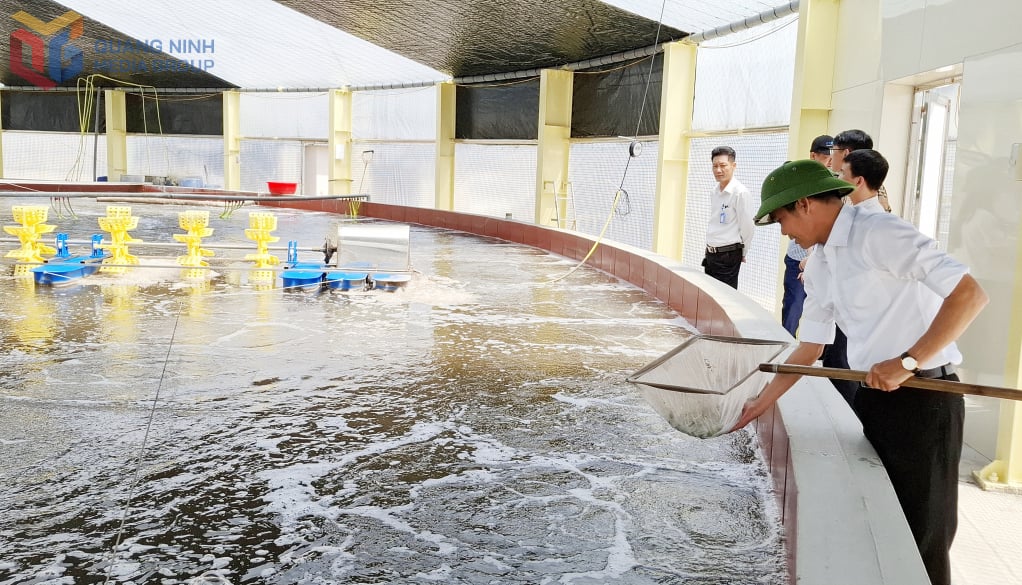
In recent times, cooperatives in the area have increasingly developed in depth, dynamically and sustainably, with many effective cooperation and association models. The total capital mobilized for production and business activities of cooperatives has reached more than 3,500 billion VND, contributing 1.2% to the province's total GRDP. Cooperatives create jobs for about 75,000 workers, accounting for 10.9% of the province's workforce, while promoting the transformation of traditional agriculture to modern production models. Of the cooperatives in operation, 71% are in the agricultural sector, and have become an important driving force in agricultural production, aquaculture, as well as OCOP product development. Cooperative models are increasingly closely linked to product value chains, from providing raw materials to investing in technology, applying science and technology to improve product quality, creating strong links between members.
Typical: Cam Pha High-Tech Shrimp Farming Cooperative with a model of raising white-leg shrimp in a greenhouse brings high economic efficiency. The model includes 4 hectares of water treatment and storage, 2 hectares of ponds with 12 ponds and 7 water storage ponds. The greenhouse design is improved with a high, airy roof, limiting condensation, ensuring a stable environment all year round. Each pond has a bottom fan and oxygen system; an automatic control system for water, temperature, light, nutrition; a specialized disease control department... The model produces 20 times more output than extensive farming, while helping to minimize the risk of disease and control antibiotic residues in shrimp.
Mr. Dang Ba Manh, Director of Cam Pha High-Tech Shrimp Farming Cooperative, shared: Currently, the Cooperative supplies 450-500 tons of white-leg shrimp to the market/year. The Cooperative has a traceability code to facilitate export in the coming time. The unit plans to expand the model to 120 hectares, with a total investment of about 2,000 billion VND, creating jobs for about 800 workers.
Although the number of cooperatives in the province has increased rapidly since 2021, there are currently only about 710 cooperatives in operation; the large-scale cooperative model (union) has not yet developed. Most cooperatives operate in the field of agricultural production and aquaculture with small capital scale, and the level of science and technology (mechanical equipment, direct production infrastructure) has not been properly invested, so the farming productivity is still low, the production cost is high, creating high selling prices, and poor competitiveness. Raw products account for a high proportion, with very little preliminary processing and processing.
Mr. Ngo Tat Thang, Chairman of the Provincial Cooperative Union, said: One of the difficulties that many cooperatives face is the lack of capital to expand production and business and invest in improving efficiency, and the lack of collateral to borrow from banks. In addition, some cooperatives are slow to adapt to the market, lack development motivation and have not really invested in applying science and technology. In addition, there is a lack of connection between enterprises, cooperatives as well as with the foreign direct investment sector; little attention is paid to innovation of business models, technological innovation or creation of new products... These are the "barriers" that make it difficult for the private economy and cooperatives to increase added value, promote competitiveness, enhance value and reach the international market. The current development requirements of cooperatives also require high-quality human resources. However, the management team of cooperatives is mostly limited in management skills, application of digital technology, financial management and market access.
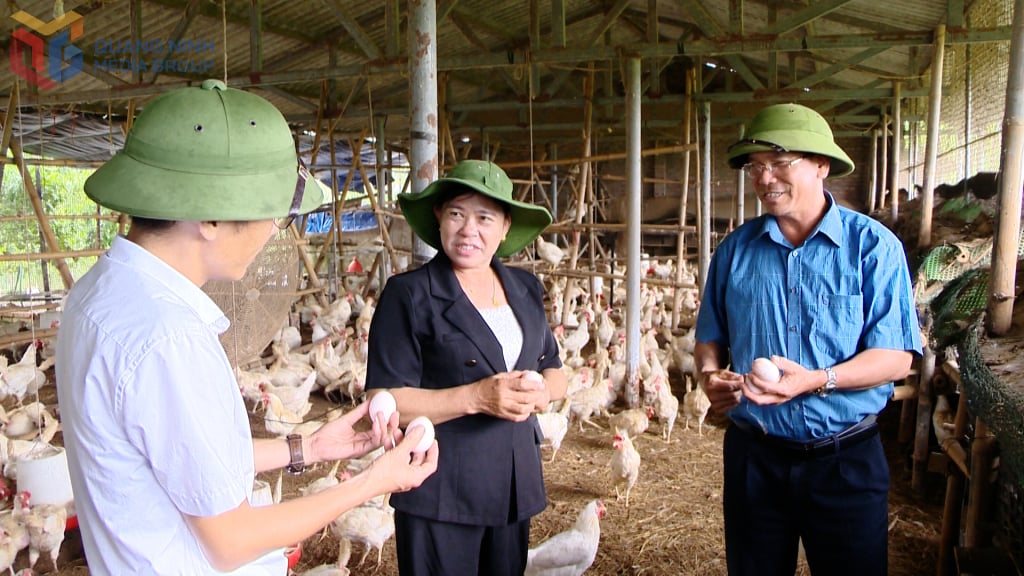
The Provincial Cooperative Union is focusing on implementing a series of key tasks to concretize Resolution No. 20-NQ/TW on continuing to innovate, develop and improve the efficiency of the collective economy in the new period; Resolution No. 68-NQ/TW on developing the private economy associated with implementing the Planning of Quang Ninh province to 2050... with a vision towards building a strategy to develop the cooperative economy into a happy economy, based on the criteria framework on the SDGs sustainable development goals that Vietnam committed to the United Nations and effectively implementing the Law on Cooperatives; building the Cooperative Union system to become a major production and supply organization for the high-standard safe food chain for the domestic and export markets, ensuring the implementation plan of the province's food security strategy.
The Provincial Cooperative Union advises the Provincial Party Committee and the Provincial People's Committee to develop a project on cooperative economic development for the period 2026 - 2030, with a vision to 2050; focusing on plans to consolidate and improve the quality of cooperatives in terms of law, finance (accounting, credit, insurance), production systems, product development and trade, applying modern cooperative management programs, training key human resources and highly skilled cooperative workers...; further effectively promoting sources of support for cooperative development, strengthening resources from cooperative members themselves, mobilizing and effectively using all social resources to promote the private economic sector, with cooperatives as the core, to develop rapidly and sustainably.
In addition, build a set of criteria and models for happy cooperatives; promote digital transformation and innovation (build a database system for the cooperative economic sector, apply a digital system for production management, etc.); organize annual events of the Happy Cooperative Festival and Creative Cooperatives, becoming a unique cooperative economic - happy economic brand of Quang Ninh.
Source: https://baoquangninh.vn/phat-trien-kinh-te-hop-tac-xa-trong-boi-canh-moi-3376972.html







![[Photo] Super harvest moon shines brightly on Mid-Autumn Festival night around the world](https://vphoto.vietnam.vn/thumb/1200x675/vietnam/resource/IMAGE/2025/10/07/1759816565798_1759814567021-jpg.webp)


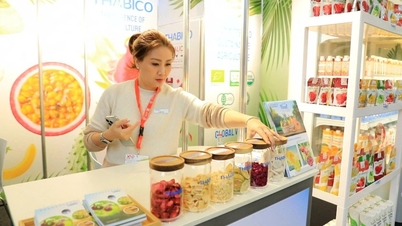

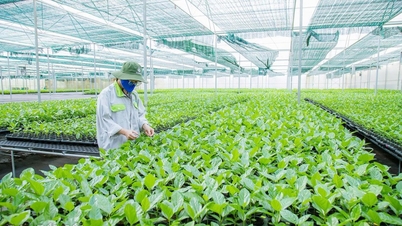

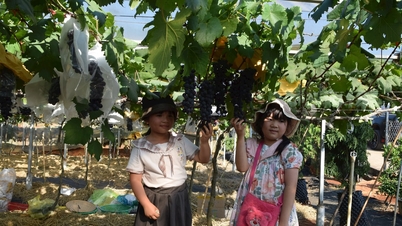

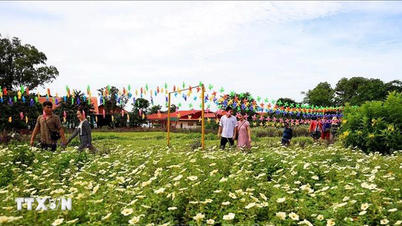

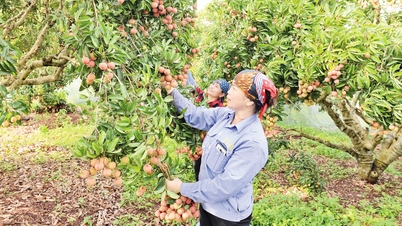





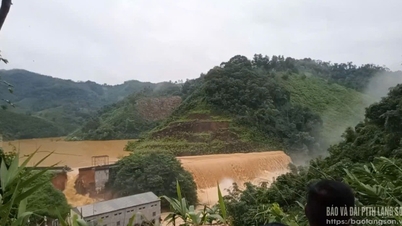








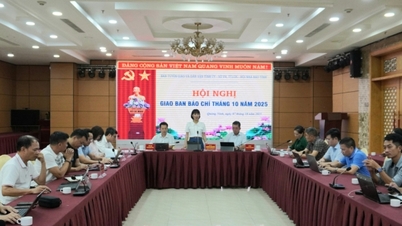


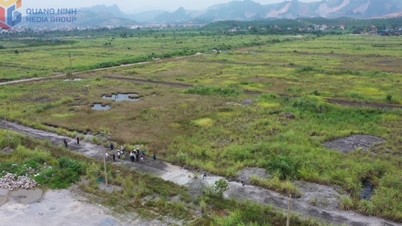





































































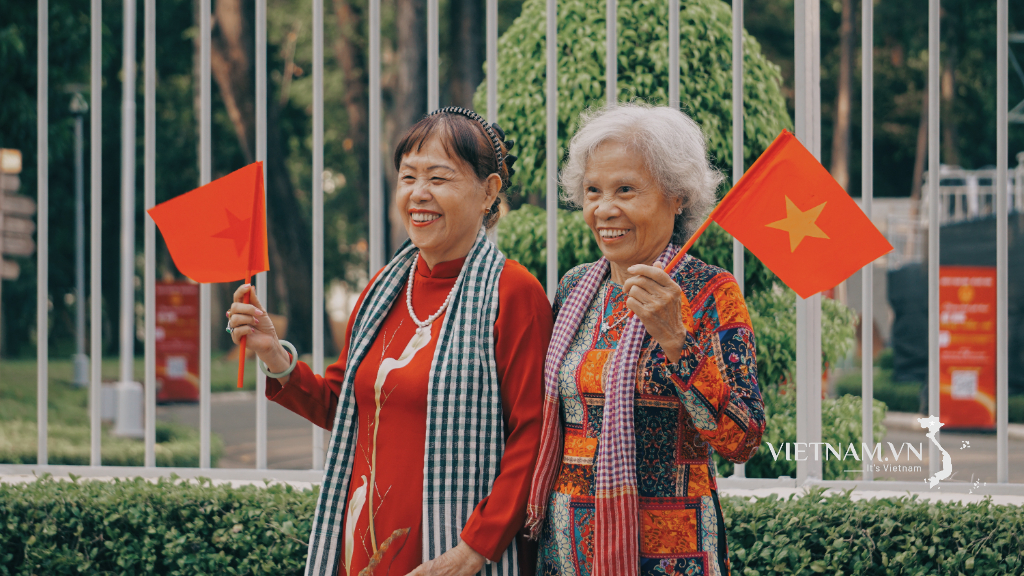

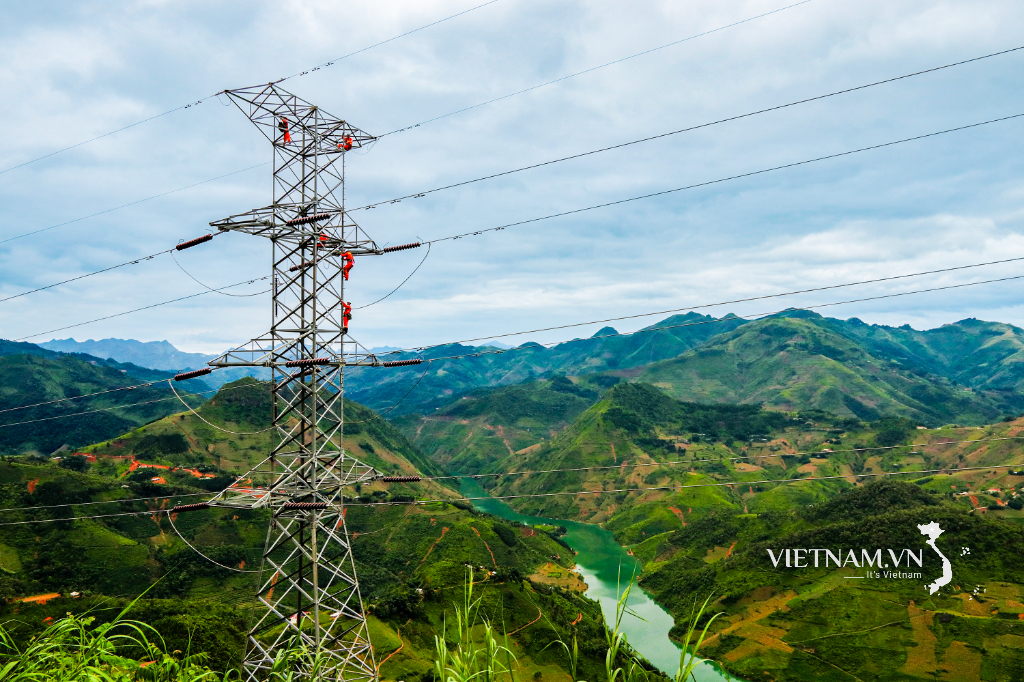
Comment (0)